Lupa Masa
The name for our jungle camp came after a few bottles of wine. Reclining on siliu bamboo floor under a sheet of tarpaulin we bandied ideas around. It had to be something marketable, a brand that would not be confused with any of a dozen other nature lodges, jungle resorts, rainforest lodges, river lodges, wildlife resorts etc etc that can be found in Sabah.
Lupa Masa means ‘forget time’ and Lupa Masa time, such as it is, is set an hour later than standard Malaysia time. Who likes to get up at 6am to go birdwatching when you could get up at 7am? Confused? why not just forget about time and get up when it gets light, rest when it gets hot and bathe in the cool evening when the six-o-clock cicada starts to call.
The six-o-clock, or emperor cicada has it right. He starts singing when it gets dusky. This is earlier on a gloomy day than a clear day. Sometimes he gets confused and wakes up briefly in the middle of the night, which is also fine, the indian cuckoo does the same thing.
Visitors not used to the jungle may find the first night disturbing. By the second or third night however the jungle sounds become soothing. You may not be able to tell the difference between a frog, a cicada and an indian cuckoo but you can give your own names to their calls as they become familiar.
The sleeping quarters at Lupa Masa are stretcher hammocks in bamboo sulaps. The floors and walls are bamboo and the foofs are palm thatch. Sulap is a local word for a temporary structure, usually a rice barn standing in a paddy field or a temporary home in the field during harvest time.
Work started on our sulaps about 4 weeks ago and we’re about ready to put the roofs on. The contractors are all local fellas, not actually a contractor but rather a team of skilled guys who are also farmers, jungle guides and hunters. We’ve been enjoying the design process. Or rather, we’ve been enjoying making it up as we go along.
The architectural detailing was not prescriptive but adaptive. That’s how we’ve ended up with various patterns of rattan bound joints, bamboo slats and siliu bamboo floors. Siliu is the local name for a technique used all over Asia of splitting bamboo lengthways with multiple overlapping parang cuts and opening it out to form a flat flooring or cladding material.
Next phase of construction will be the restaurant and shower block. Having made a good start in building trust with our builders we’re going to stretch them a bit on this one. Up until now we’ve been doing all the bills of quantities, purchasing and delivery ourselves. Now it’s over to the villagers to take on some more responsibility.
The materials delivery in particular is tricky because everything has to be carried in by hand. By involving the builders in the design process they take some ownership of design decisions. In practical terms these decisions involve trying to use bamboo framing and random rubble stone walls as much as possible. Bamboo can be harvested near the site and plenty of stone has been dug up in our foundation work and more is available in the river. Concrete is the killer as both sand and cement has to be carried in.
This collaborative approach makes sense because each decision has an implication for how much material to carry in. If the person doing the carrying knows that every effort has been made to reduce the weight of materials then they’re likely to be a little happier about doing the carrying – If you can ever be happy about carrying a 50kg bag of cement.
Related posts


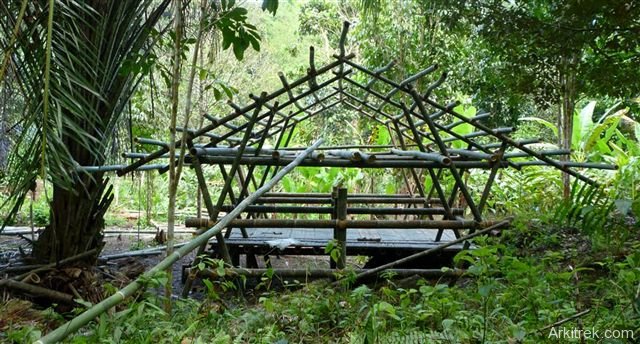
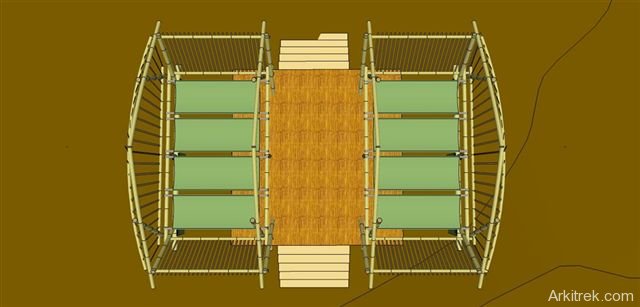
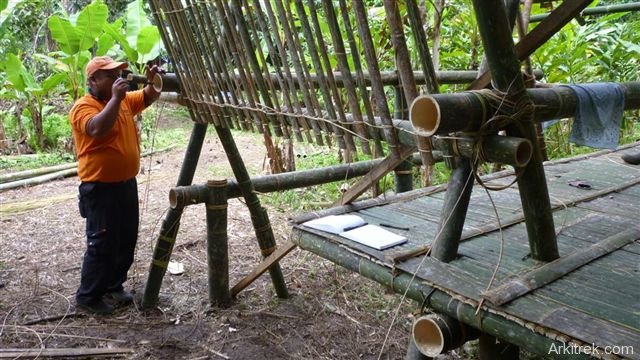

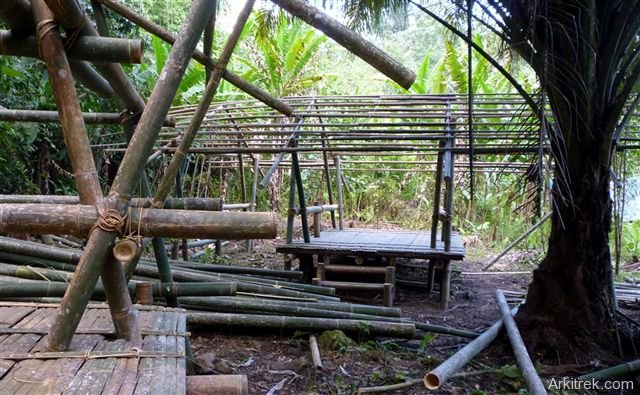
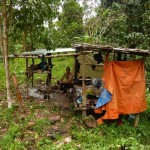

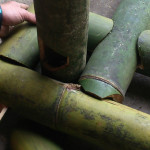
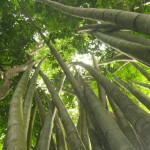

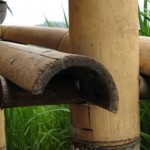
Lupa Masa…
why need to know the time, if there are cicada calling?
Lupa Masa…. what a nice name!
Hi Ian,
I just saw your message and sorry for the very late reply. I was busy packing and shipping my stuff back home. I saw the post awhile ago and you definitely got a very interesting name. I only manage to stay for 2 days in Sabah after coming back UK before leaving for Singapore to start work. Wishing you all the best and would definitely want to have a visit when it is all done.
Regards,
Nigel
Lupa Masa ? Looksa nice-ah !
Hi John, aye a top spot. Probably my favourite project site in Sabah. A birding friend was in recently and wrote this http://digdeep1962.blogspot.com/2011/07/29-june-4-july-2011-poring-sabah.html
Ahh, I see you were already on Dave’s blog, John. Should have known. Small world. Ian